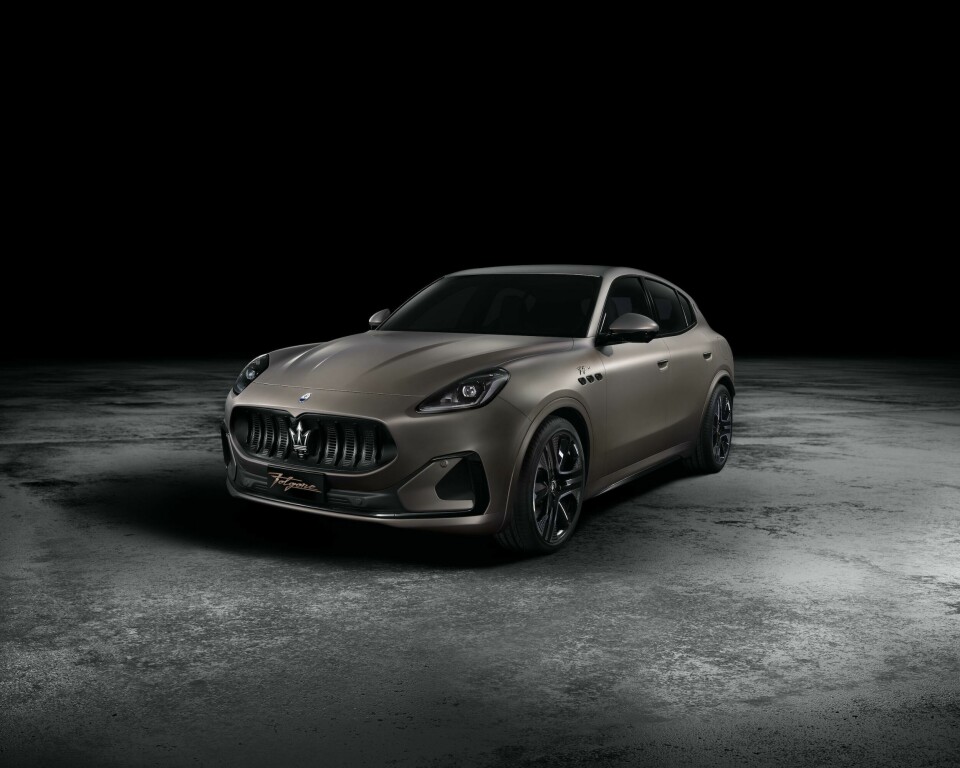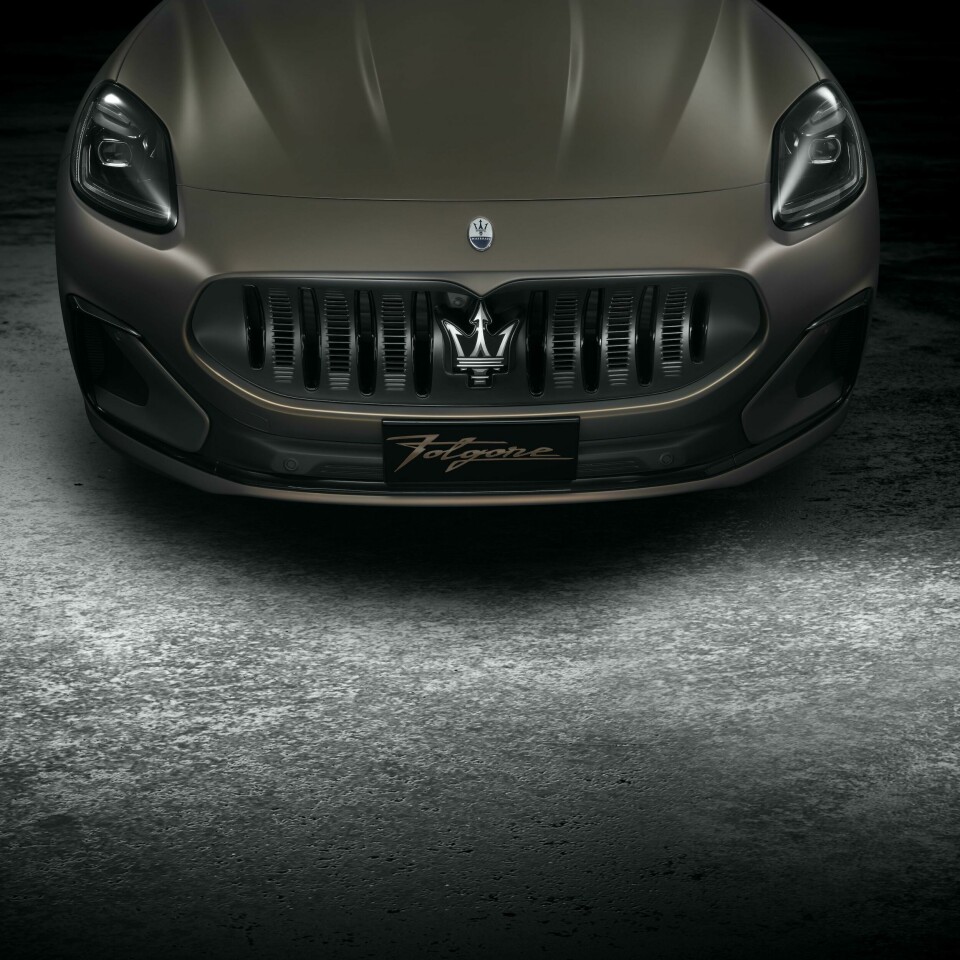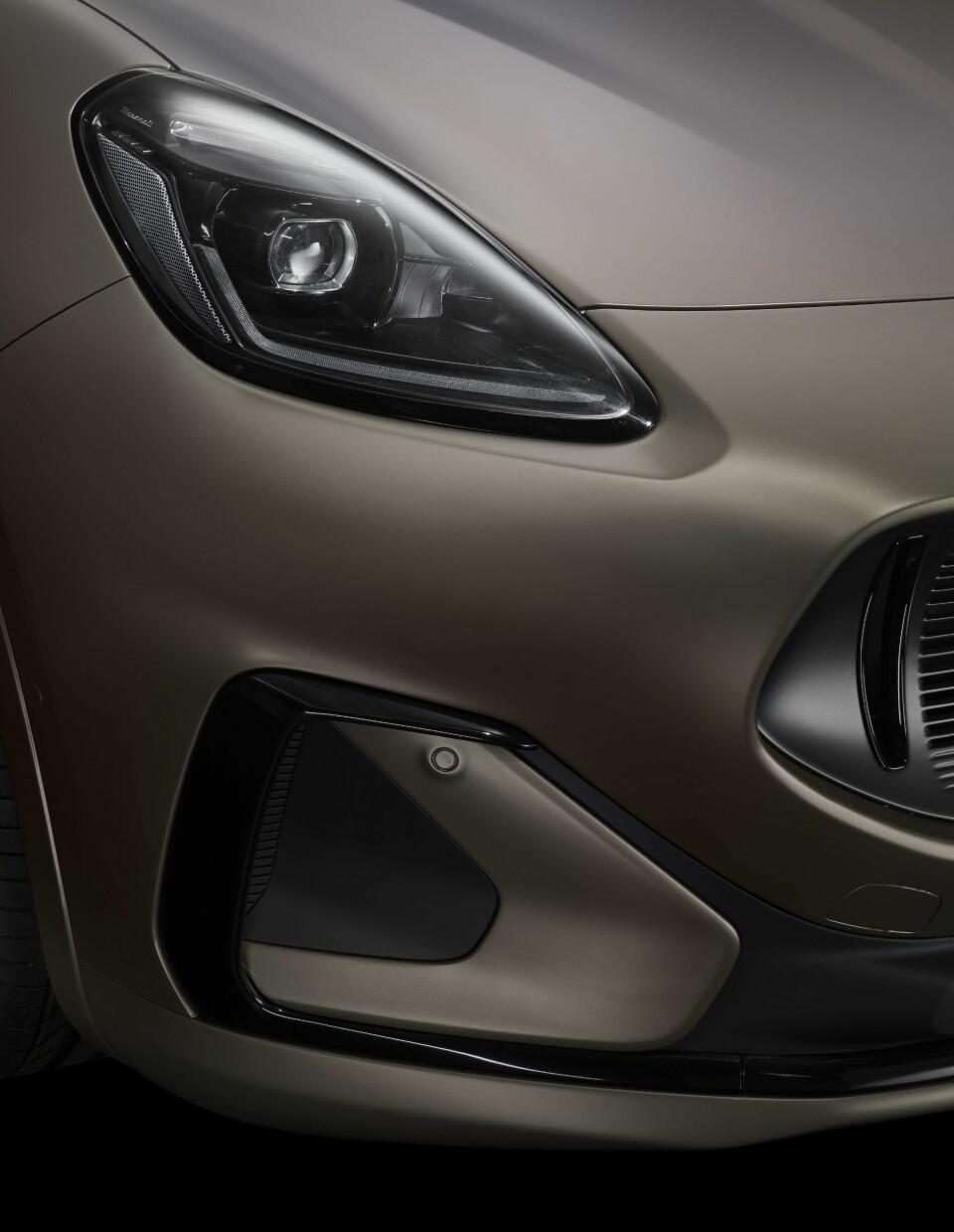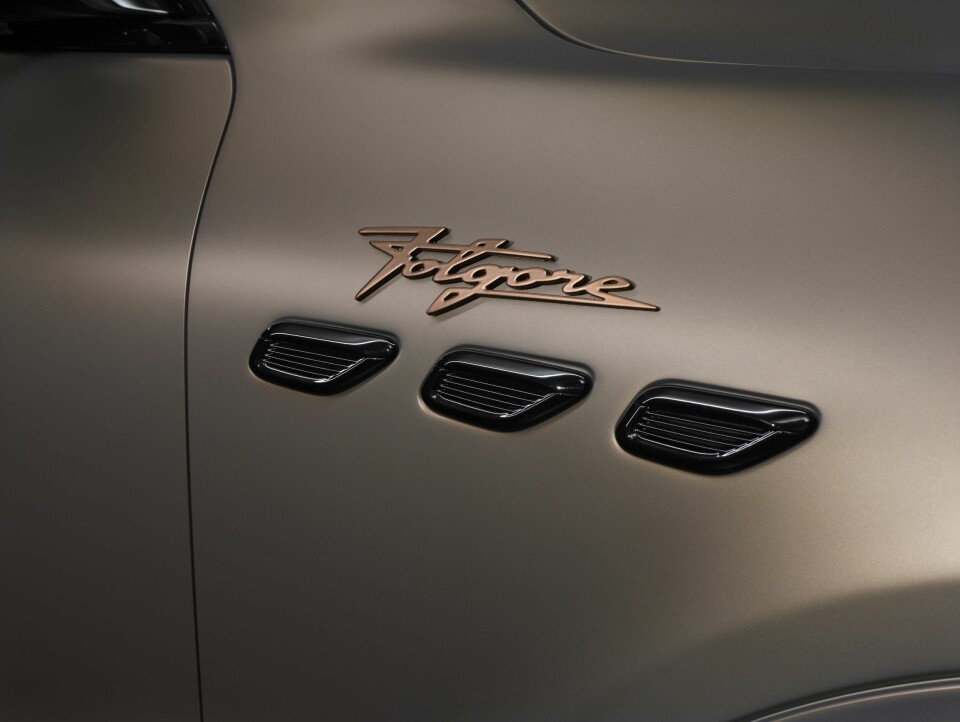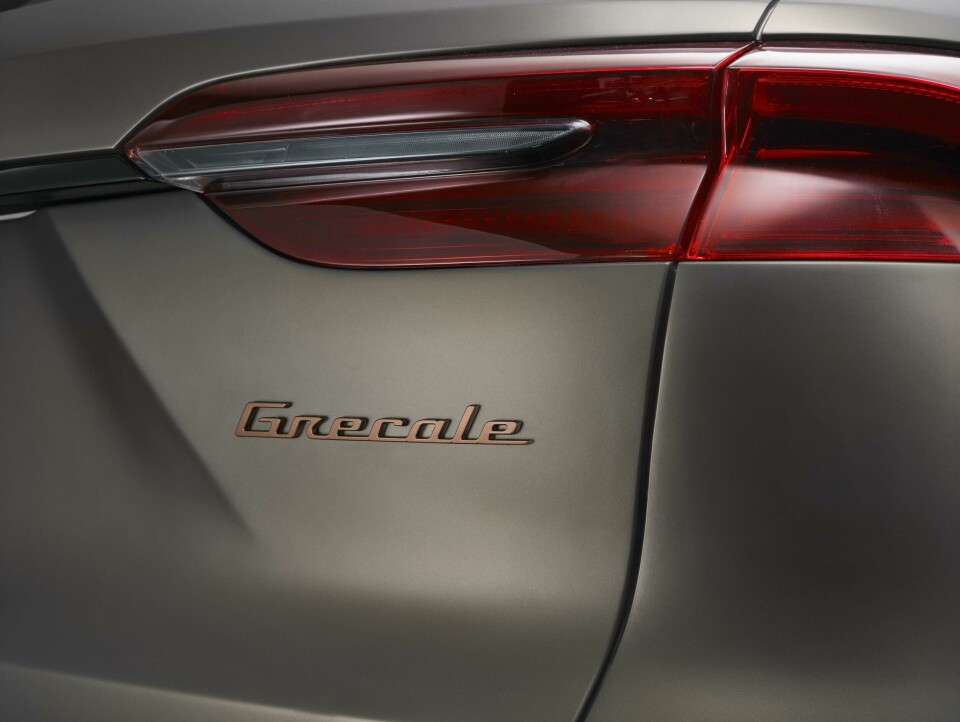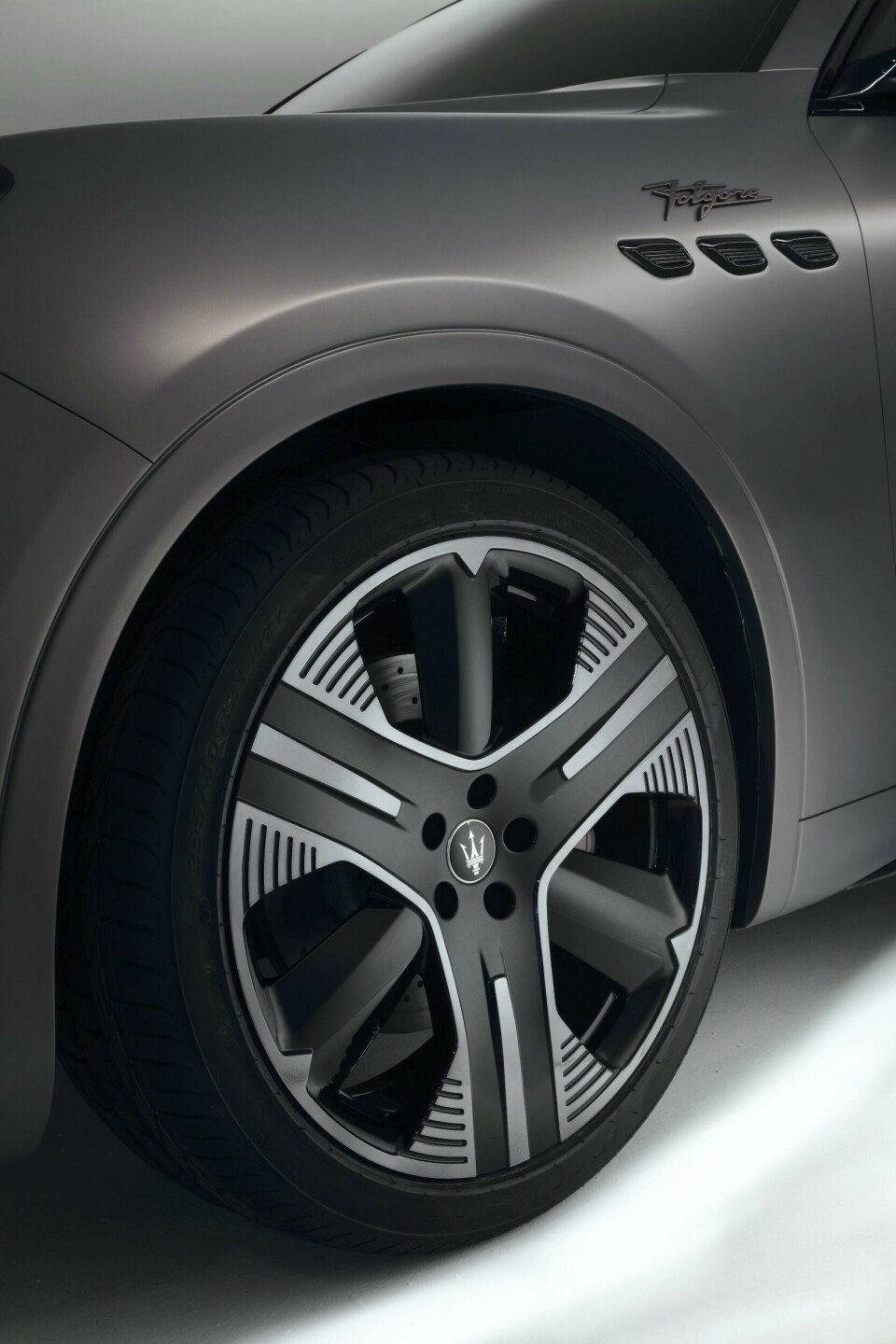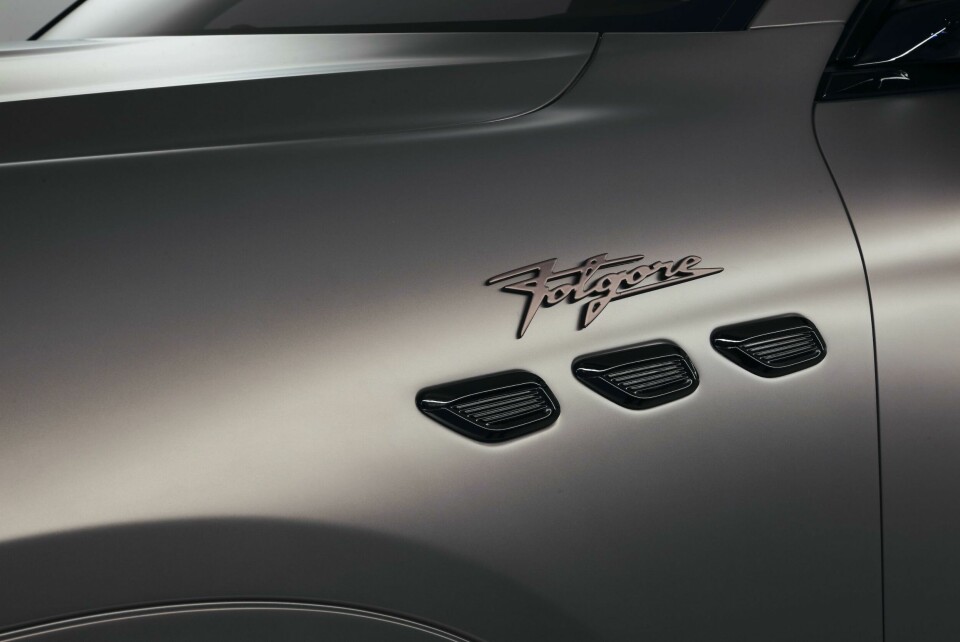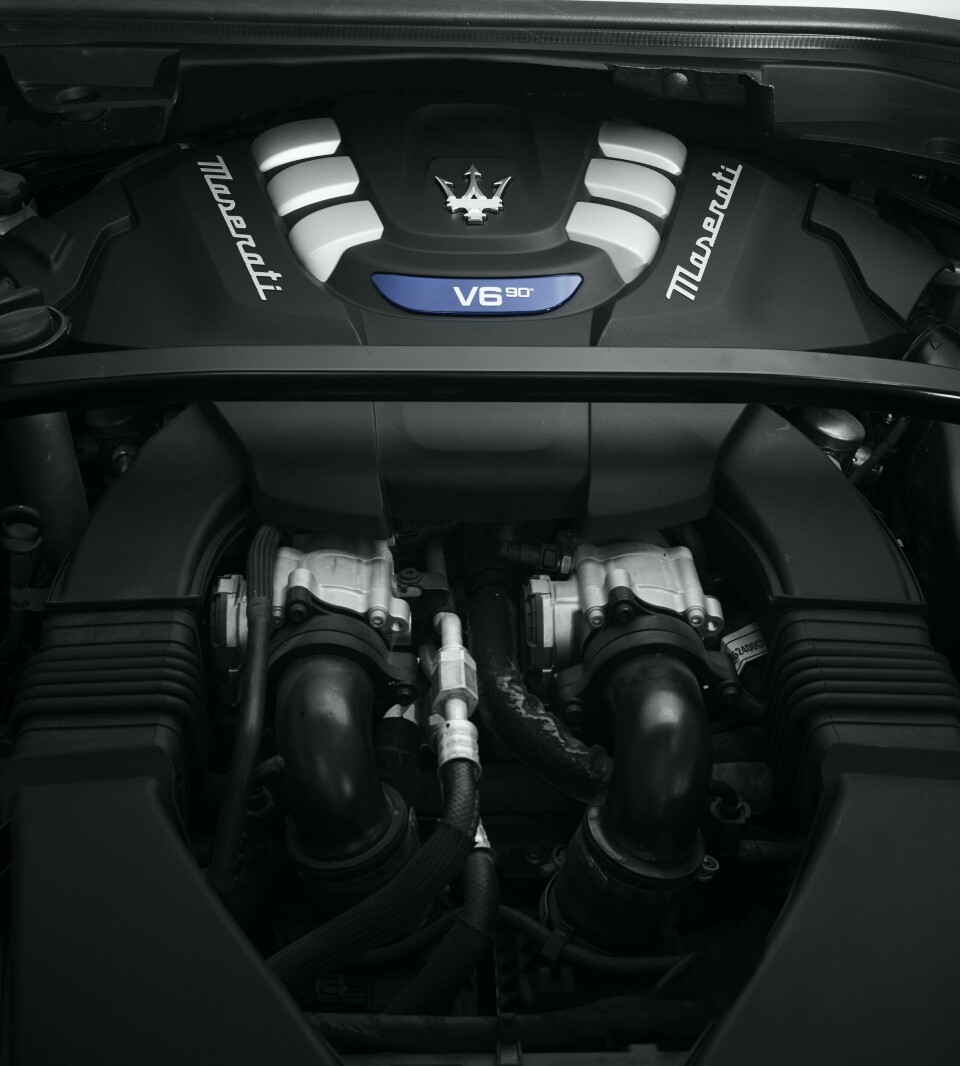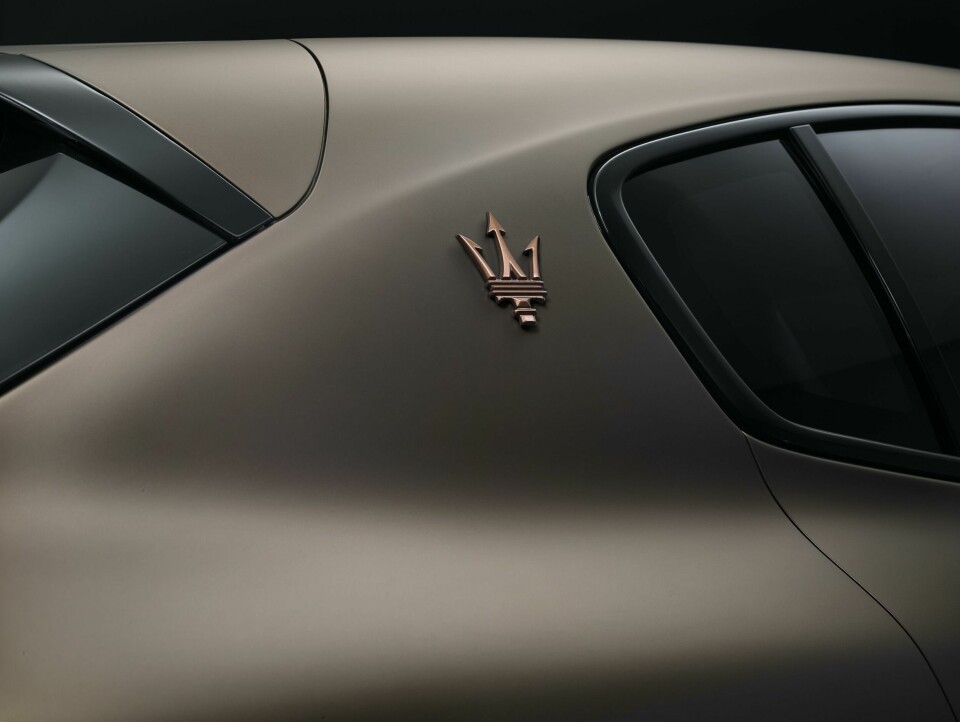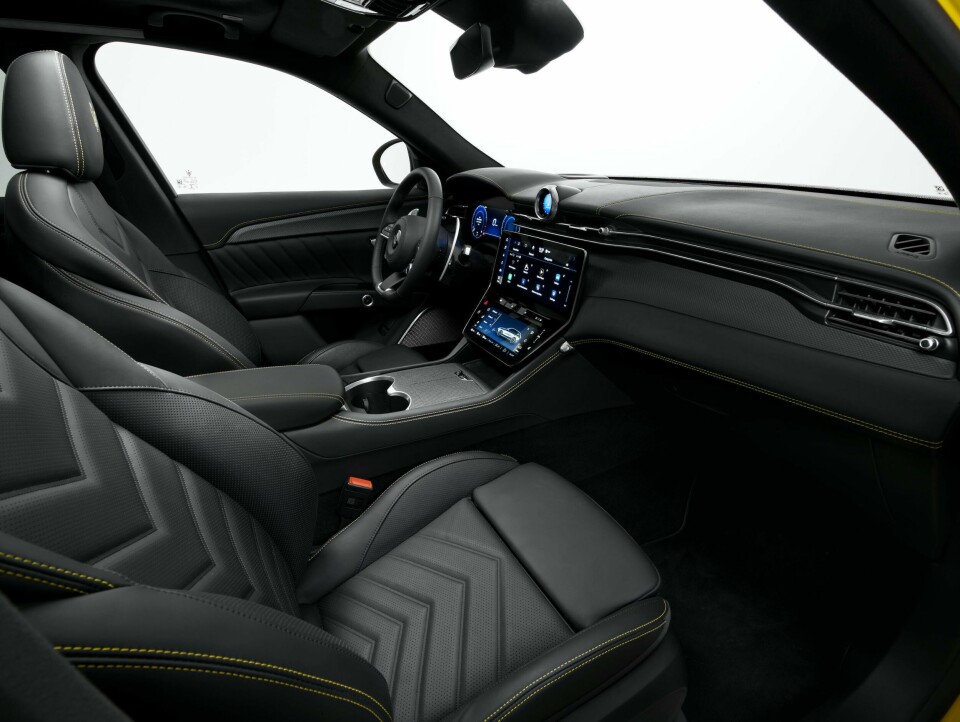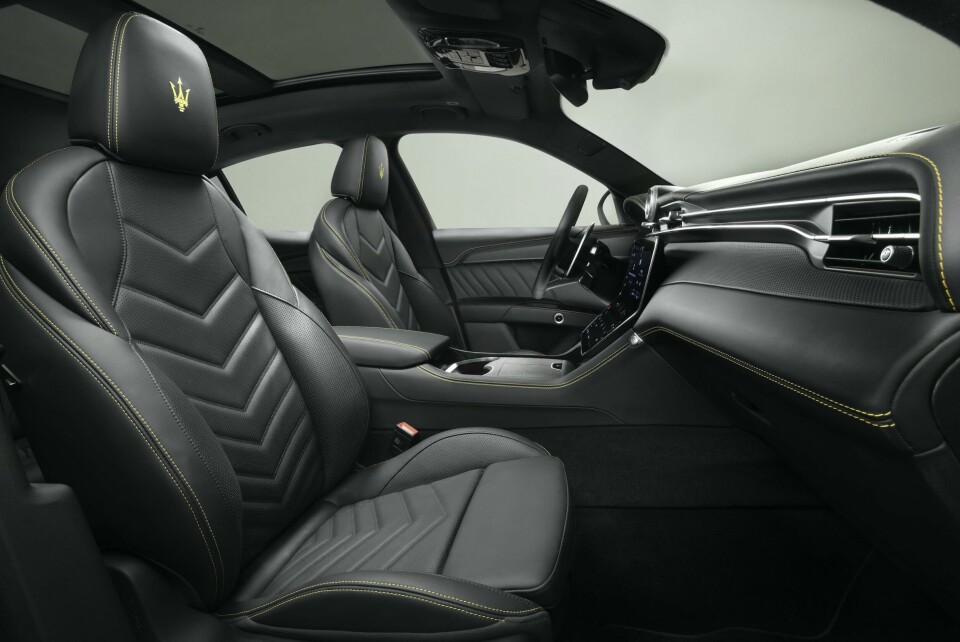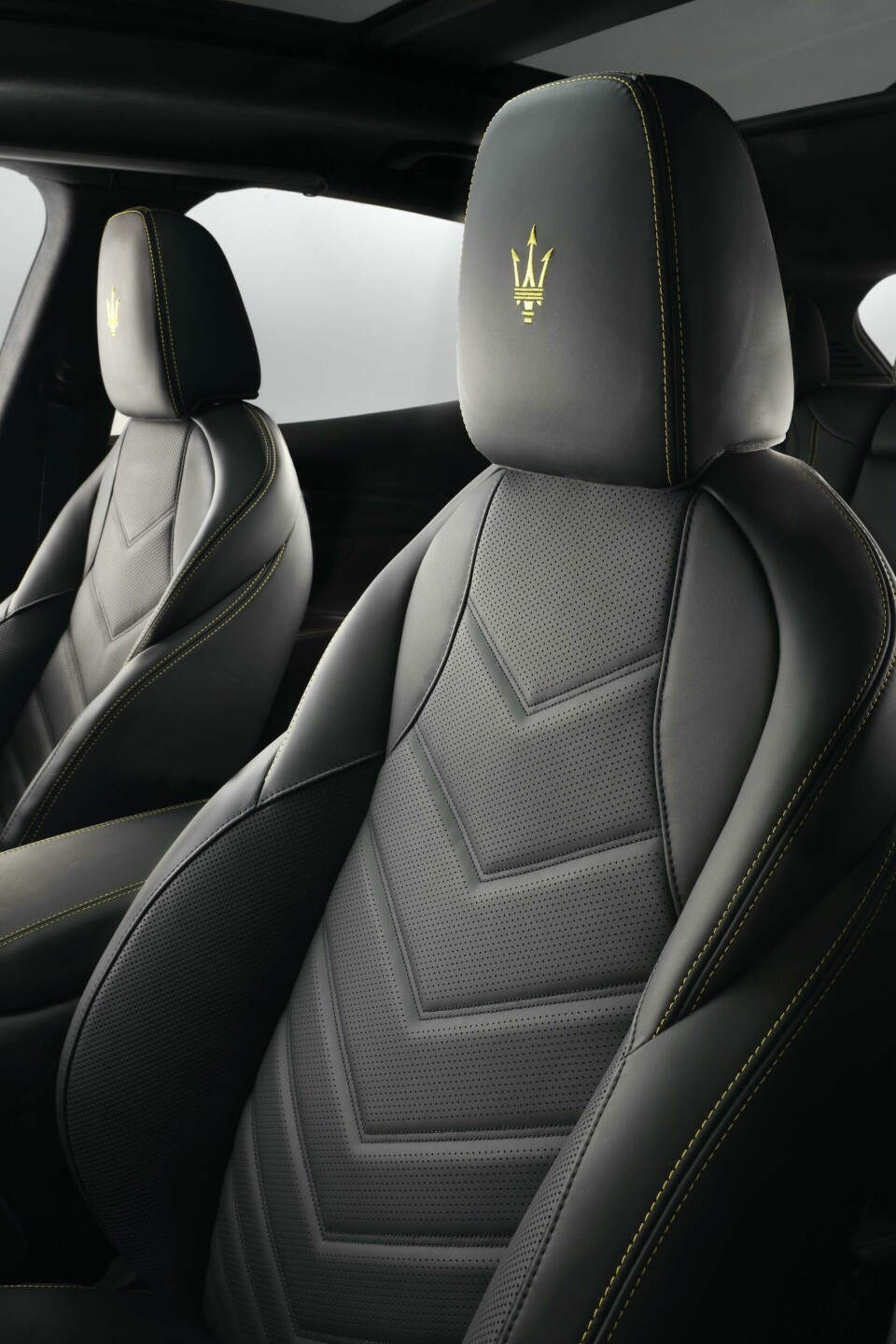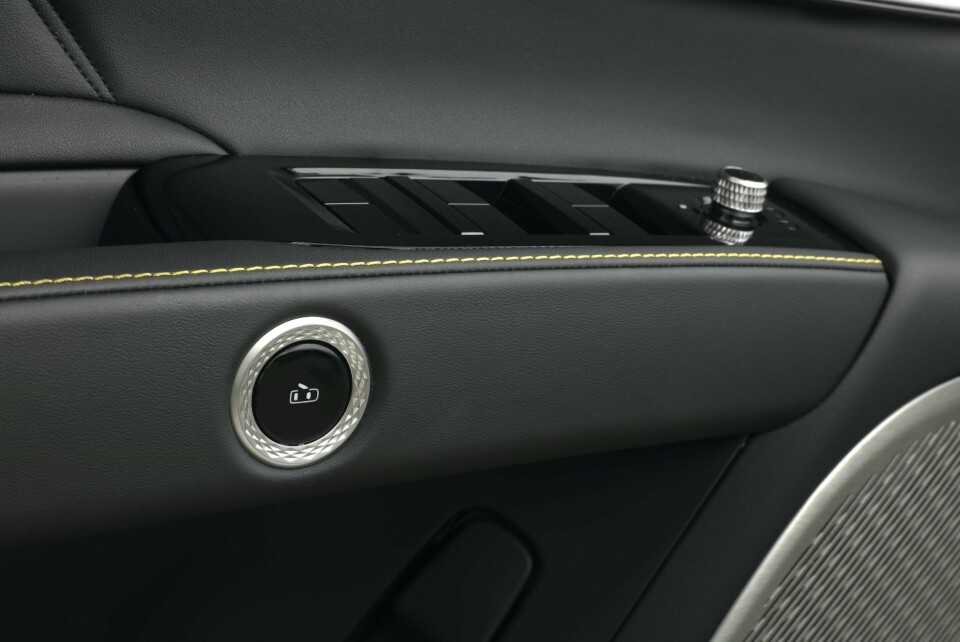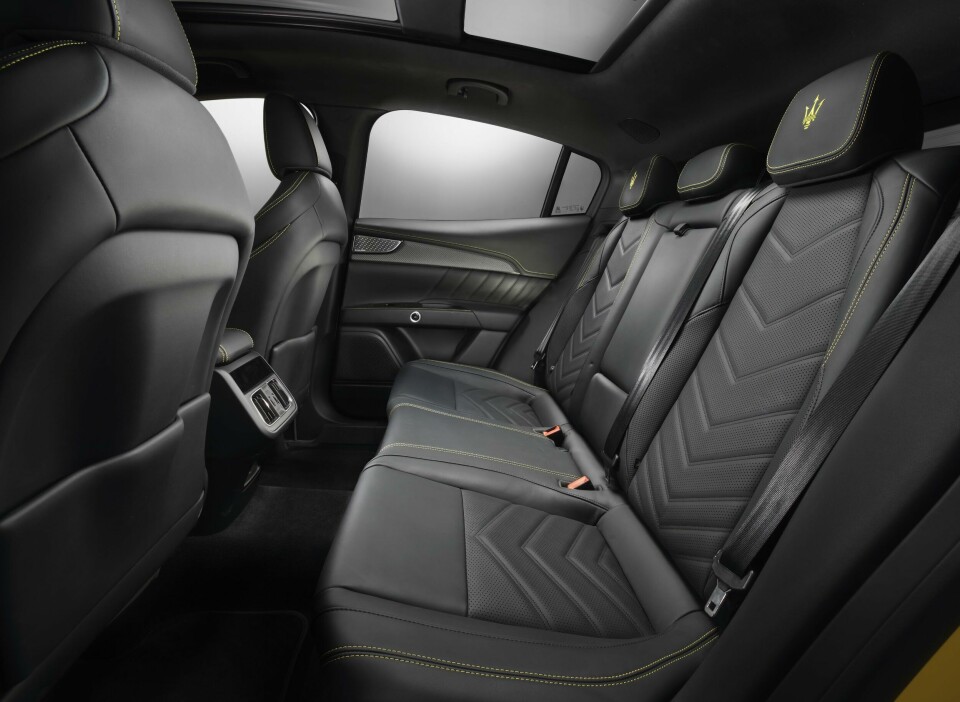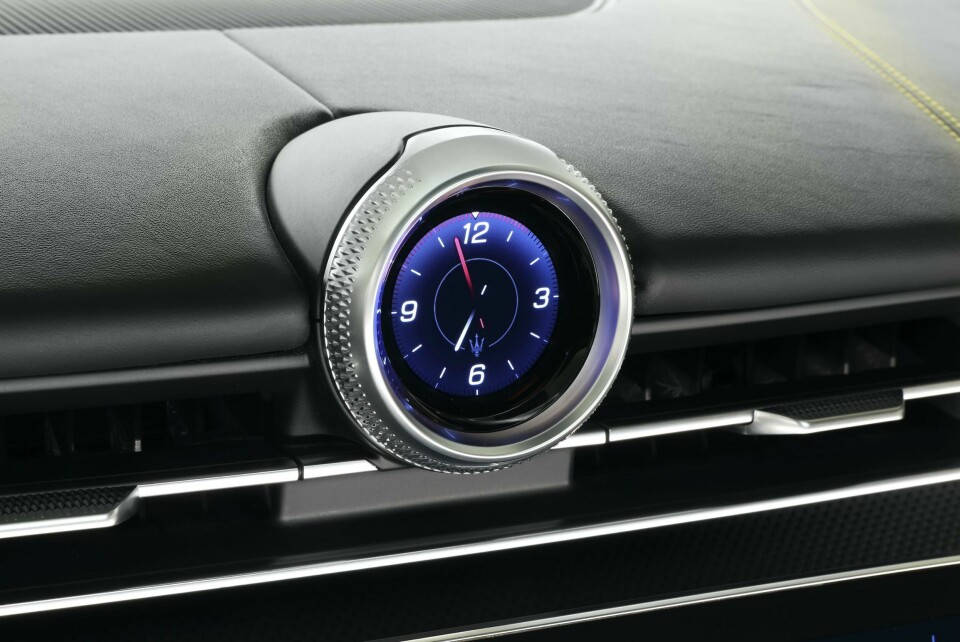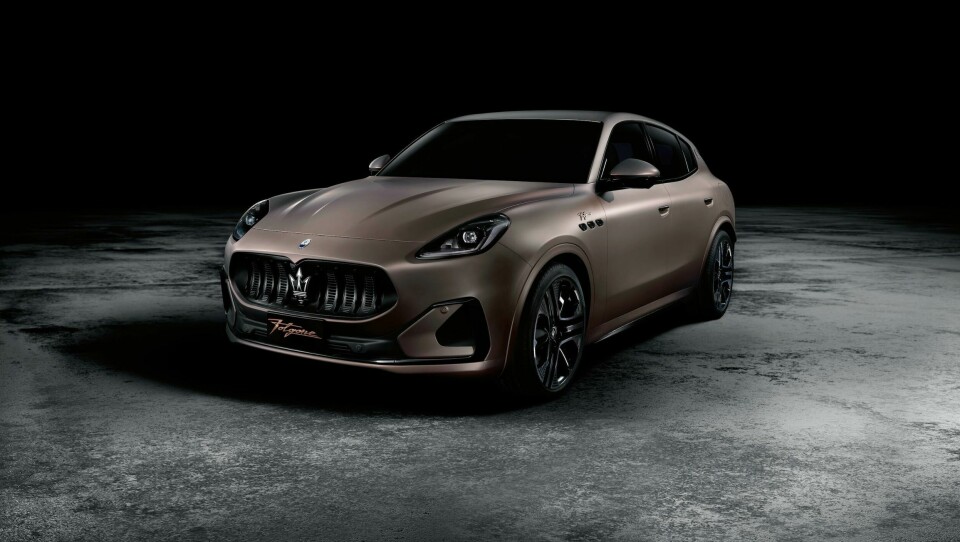
Grecale blows in from Modena
Maserati has revealed its second SUV, the Grecale, which aims to deliver unique design and competitive performance
Grecale might be the name for a Mediterranean wind, but Maserati has had a few headwinds to contend with when it comes to launching its latest SUV. The Giorgio platform on which it is based has been canned by parent company Stellantis after spending €1-billion developing it, the pandemic has held things up and then the semi-conductor chip crisis delayed things even more.
Finally though, Maserati has been able to reveal its new Grecale to the world and we get to tell you what we learned about it during a design and technology workshop late in 2021. It’s a compact performance SUV designed and engineered to compete with rivals like the Porsche Macan and Maserati’s head of design, Klaus Busse, says it will do so partly through four main pillars of design.
The first is visual longevity and the purity of design. “There are so many cars out there right now that scream for attention, or that you can argue are over-designed with excessive two-dimensional details and ornamentation,” he says. “For us, it’s all about purity and that the purity is driven by performance, so no unnecessary air intakes and no fake stuff.”
It’s no surprise that the DRG reflects that of the MC20, both representing the new face of Maserati, although we can’t help but see a similarity to the Jaguar E-Pace in the frontal appearance. There’s clear sculpture to the upper mask with compact headlamps and hood feature lines that provide the look of power beneath. The air intakes and carbon fibre air guides in the lower mask follow that pillar of being strictly functional.
The profile features raised fenders to give a bit of muscularity to the design although here Busse admits it’s much harder to achieve than in a sportier model like the MC20. “They’re easier expressed in a supercar like the MC20 than in an SUV,” he says, “but those guiding principles are still the same and they allow us to create intersection of volumes and interesting proportions that don’t require design through decoration or artificial two-dimensional line work.”
The rear also shows a sculpted upper with wide haunches emanating from the C-pillar to enhance the muscular look, while the lower half contains functional performance elements like the carbon fibre diffuser. The second pillar is the concept of being unique by design, in other words making it clearly Maserati. “If you design a car that carries such purity of design, then you need to offset that with very strong elements that carry the brand message because you want people to recognise immediately that it’s a Maserati,” he says.
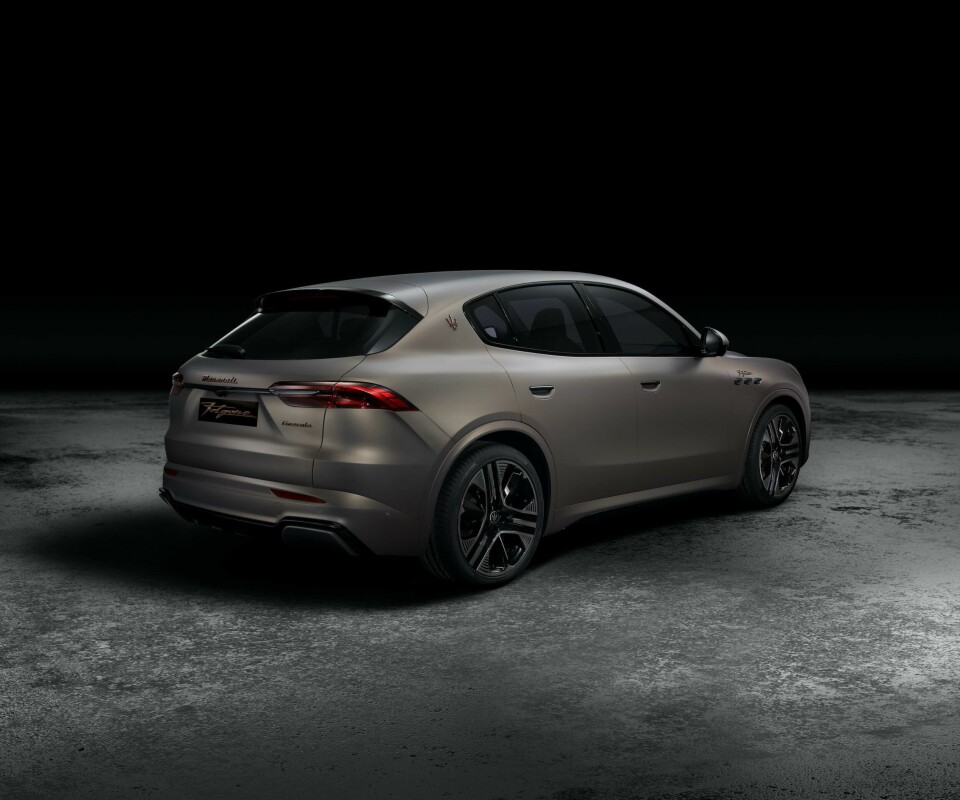
These include the trio of air vents in the front fenders and the traditional trident logo that is now free of its circular frame on the C-pillar. The boomerang rear lights are reminiscent of those on the 3200 GT and variations of their design were also introduced in the updated Ghibli, Levante and Quattroporte. Then there is the inclusion of the triangular uvula on the grille surround, wheels and rear tailgate.
The third pillar is all about what Busse calls the balance of the opposites, combining the traditional luxury and creativity of the brand with detailing in technology and materials, something that is most evident in the interior.
There’s the expected level of luxury and sportiness with the warmth of hand stitched leather, but also some features that immediately stand out. One is the new saddle-cut 12.3-inch digital instrument cluster which wraps around the top of the steering column to provide a better line of visibility for the driver. According to Busse it’s a first in the industry and features a choice of four themes; Classic, Evolved, Relax and Corsa.
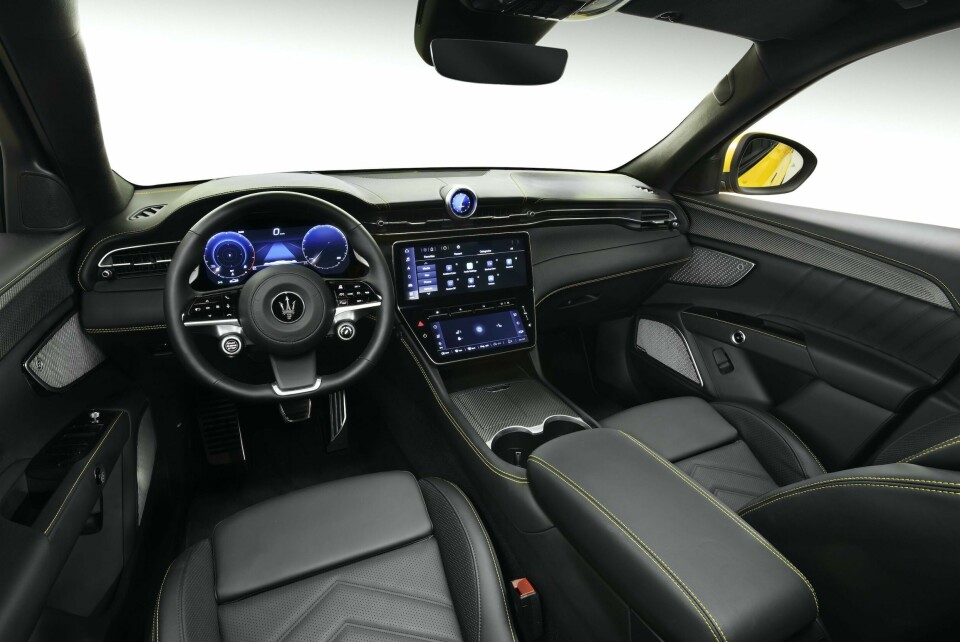
The screen on the centre stack is one large, bent surface but contains two screens, one for the Maserati Intelligent Assistant (MIA) infotainment system and the other for comfort features such as climate control, ambient lighting and seat adjustments. The gear stick has been replaced by drive selection buttons, placed between the two centre stack screens. This frees up space for storage and the driver has the option to control the 8-speed ZF gearbox using paddles on the steering wheel.
Then there’s the clock, where Maserati has chosen to ditch the luxury look and feel of an analogue clock and instead go digital, a decision that initially seems contrary to the other heritage inspired elements. The clock features a choice of screens, from a traditional Maserati timepiece face to a compass and a G-force meter. It also provides the graphical response to voice commands and this is all contained within an exquisite milled circular frame. The fourth pillar is colours, but here it’s not just about colours, but also about textures and design that appeals to different types of customer.
There are three main model lines, the GT, Modena and Trofeo, which head of colours and materials, Rosella Guasco, explains represent very different types of owner. GT is urban, minimal and contemporary, designed she says for those who are global citizens who pay attention to design trends but at the same time are unconventional. The Modena is for distinctive and dynamic owners, people who appreciate timeless elegance. The performance of the 3.0-litre V6 in the flagship Trofeo is reflected in the interior design with elements such as exposed 3D carbon fibre, perforated leather and a herringbone pattern on the seats.
There is one more model though, the Folgore. Italian for lightning, it will be Maserati’s first pure electric model and will go on sale around the middle of 2023. It features design modifications to the grille, air ducts, wheels and other elements to cater for electrification and it also has some unique copper coloured touches such as the badging.
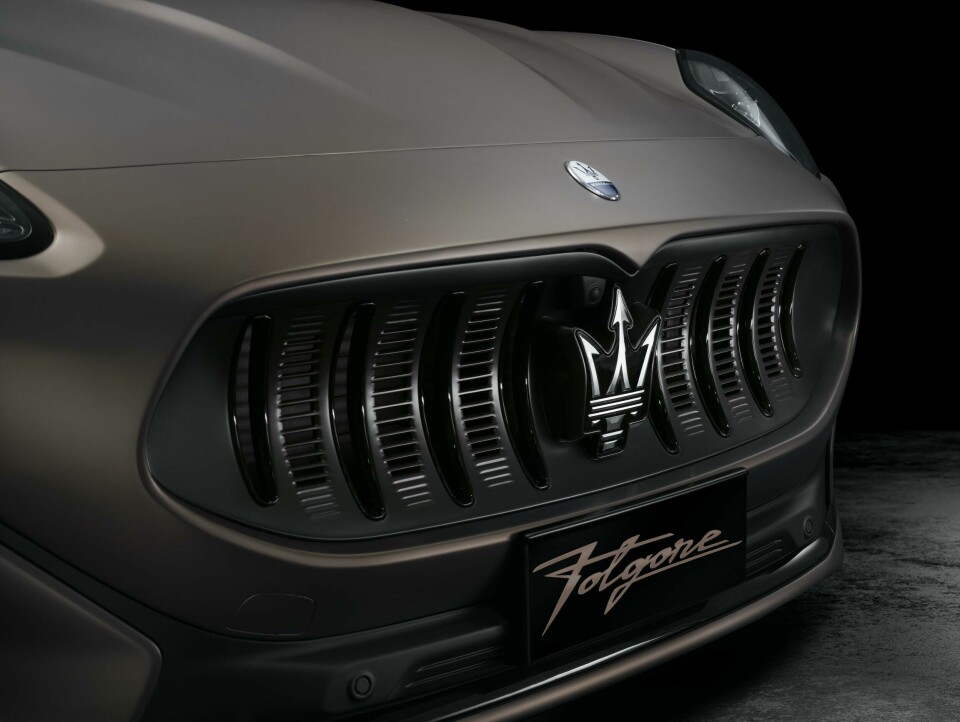
“Copper for us is because electrification is all about performance and we feel that copper stands for this,” says Busse. There’s also a new matte copper exterior colour which has been inspired by the Guggenheim Museum in Bilbao to give the appearance of movement and evolution. The Folgore also features sustainable interior materials with nylon in the seats made from recycled fishing nets surrounded by artificial leather.
The Grecale is an important new model for Maserati, featuring mild hybrid powertrains, a potent V6 in the Trofeo and the start of its electrification journey with the Folgore. There is a slightly generic look to the overall exterior design which is disappointing, but there are also some wonderful design elements too, especially in the interior which is sporty, luxurious and features brilliantly executed integration of technology. It’s a Maserati for a new era, but as with any model to come from the Modena marque, it’s going to be as much about how it feels as how it looks.
